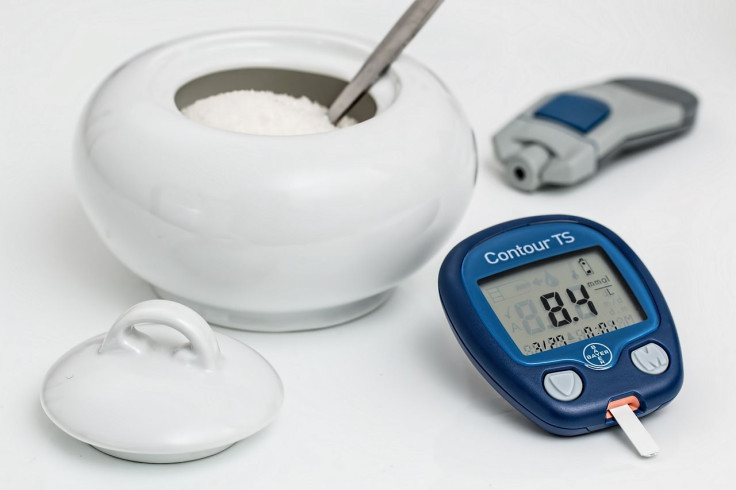Type 2 Diabetes: ‘Shin Spots’ Could Denote High Blood Sugar

Type 2 diabetes is one disease that affects millions of people in the world. This is a lifelong disease, which could only be “regulated” or treated but not exactly cured. The effect of diabetes is having high blood sugar; once the blood sugar rises, it brings about a lot of negative effects on the body.
These effects are exhibited as symptoms. For instance, as per Mayo Clinic, those suffering from type 2 diabetes tend to urinate frequently, have increased thirst, feel fatigued, and could have a very dry mouth. Aside from the ones mentioned, there are other symptoms, which you may not realize were already symptoms of type 2 diabetes. One of these symptoms would be shin spots.
Shin Spots
This symptom is also known as diabetic dermopathy. This involves a reddish or light brown patch that is circular in shape. These patches could often be found on the shin or other bony parts. The patches look scaly and indented.
Statistics would show that around 33% of type 2 diabetics would have this. Diabetic dermopathy refers to the condition that occurs when nerve and blood vessels are damaged. When this happens, small blood vessels also change.
The skin lesions occur in areas where there isn’t enough muscle and fat. Skin lesions can easily be identified because they have abnormal growth or appearance as compared to the overall look of the skin around it.
The moment that you see these lesions, and you know that you fall among the risk factors (see below), make sure that you see your general practitioner immediately. Early detection of type 2 diabetes could spell a difference in terms of treatment.
Some Risk Factors
There are certain risk factors that would make you more susceptible to suffer from type 2 diabetes. Express stated some of these risk factors, which include being obese or overweight, 45 years old and above, have a family history of diabetes, suffers from high blood pressure. Race also is another factor since African Americans, Asian Americans, American Indians, Pacific Islanders, and Native Hawaiians are at a higher risk.
Try to take note of the risk factors, along with the symptoms. When you identify any of them, better consult your physician right away. Early treatment will always work for your benefit.
© Copyright IBTimes 2024. All rights reserved.





















